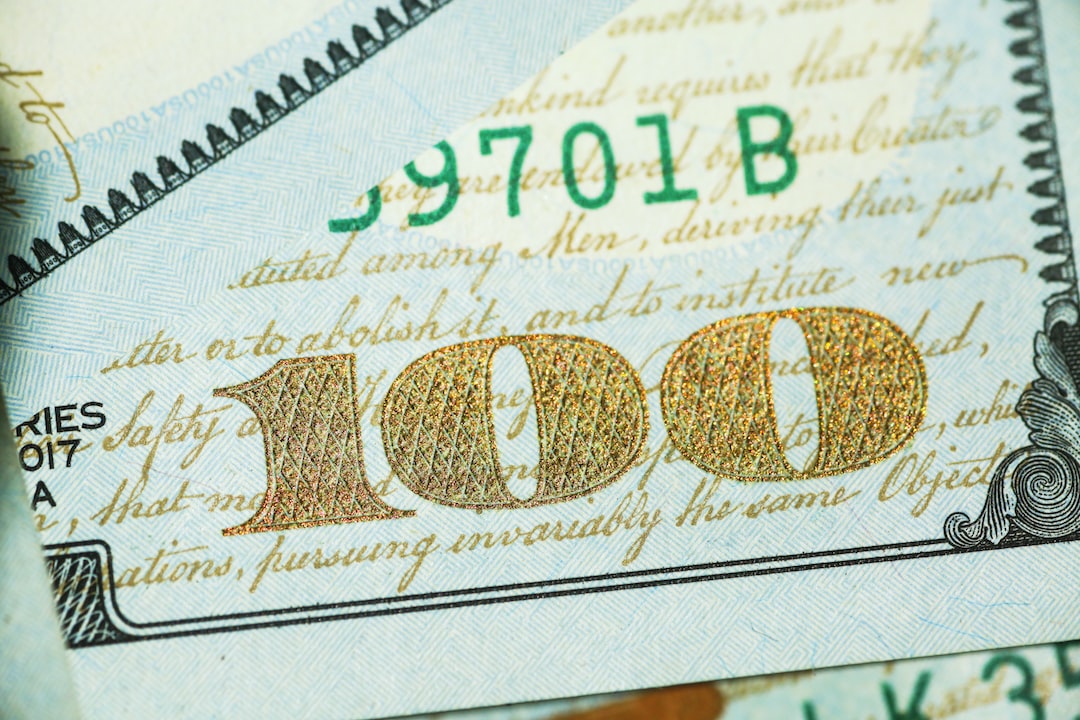Forex trading is a complex and dynamic market that requires traders to have a deep understanding of various factors that affect the movement of currency pairs. In order to make informed trading decisions, traders rely on two types of forex analysis: fundamental analysis and technical analysis.
Fundamental analysis involves analyzing economic and financial factors that affect the value of currencies. This type of analysis is based on the idea that the value of a currency is influenced by the health of the economy of the country that issues the currency. Traders who use fundamental analysis pay close attention to economic indicators such as inflation rates, interest rates, GDP, employment data, and political stability.
For example, if a country has a high inflation rate, its currency may be seen as less valuable in the eyes of investors. This could lead to a decrease in demand for the currency and a drop in its value. Similarly, if a country has a stable political environment and a strong economy, its currency may be seen as more valuable, leading to an increase in demand and an appreciation in its value.
Fundamental analysis is often used for long-term trading strategies since it takes into account the broader economic factors that can affect a currency’s value over a longer period of time. Traders who use fundamental analysis often keep up with news and economic events that could impact the markets, and use this information to make informed trading decisions.
On the other hand, technical analysis involves analyzing the historical price and volume data of currency pairs to identify trends, patterns, and potential trading opportunities. This type of analysis is based on the idea that the price of a currency reflects all relevant information, including economic and financial factors, and that patterns can be identified in the price movements of currency pairs.
Traders who use technical analysis rely on a variety of tools and indicators to identify patterns and potential trading opportunities. These tools include things like moving averages, trend lines, chart patterns, and oscillators.
For example, a trader using technical analysis may notice that a currency pair has been in a steady uptrend for several weeks, and may look for price levels where they can enter a long position with the expectation that the uptrend will continue. Alternatively, they may notice a bearish chart pattern forming, indicating that a currency pair may be about to reverse direction, and may look for opportunities to enter a short position.
Technical analysis is often used for short-term trading strategies since it focuses on identifying short-term trends and patterns in price movements. Traders who use technical analysis often rely on charting software and other tools to help them identify potential trading opportunities quickly and efficiently.
In conclusion, both fundamental analysis and technical analysis are essential tools for forex traders who want to make informed trading decisions. Fundamental analysis helps traders understand the broader economic and financial factors that can affect a currency’s value over time, while technical analysis helps traders identify short-term trends and patterns in price movements. By combining these two types of analysis, traders can gain a more comprehensive understanding of the forex market and make more successful trades.





